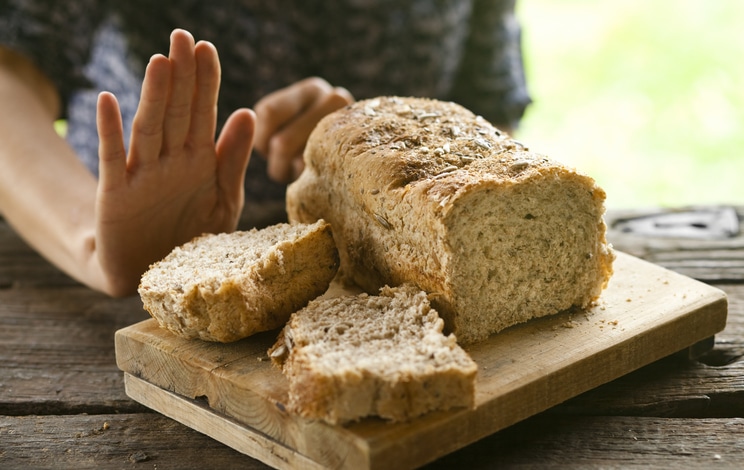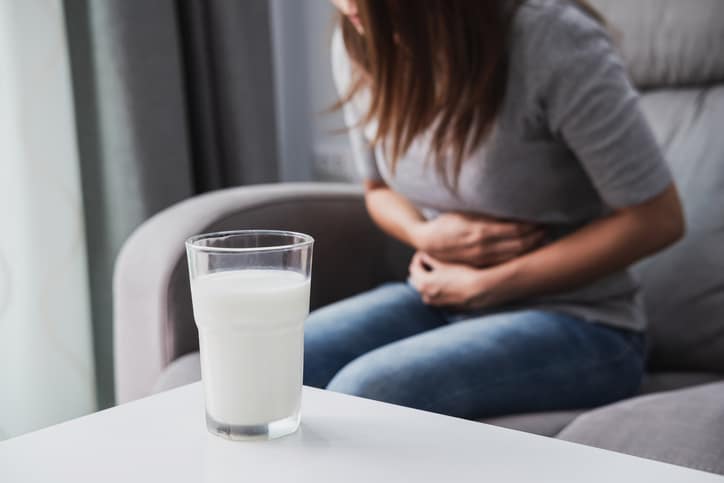When a food you enjoy doesn’t love you back, it may be a sign that your body is sensitive or downright intolerant to soy, dairy, wheat, or another type of food.
If the reaction is merely unpleasant — and not a full-blown allergic reaction — an elimination diet might help narrow down the foods that don’t agree with you, says Patricia Neus, MPH, CHES, wellness coach at Methodist Dallas and Methodist Celina Medical Centers.
“When you follow an elimination diet, your intention is to gain clarity as to what food or ingredients are causing the bloating, acne, diarrhea, or irritable bowel syndrome so you can stay away from it,” Neus says.
Don’t let the word “diet” fool you because the goal of an elimination diet is to fight inflammation, not to cut calories.
“This is not your typical weight loss diet,” Neus says.

FOOD ALLERGIES
It’s also not a good way to determine whether you are allergic to certain foods, say peanuts or shellfish, two of the most common food allergies.
A food intolerance upsets the digestive system, while a food allergy sets off the immune system — with potentially deadly consequences such as anaphylaxis in the worst cases.
The best way to determine if you’re allergic to a certain food is to consult a doctor for a blood test.
Of course, seeing your doctor is always a good first step before starting any diet, but here are the basics of how an elimination diet works.

ELIMINATE FIRST
An elimination diet has two phases: an elimination phase, when you stop eating a potential trigger food, and a reintroduction phase when you add that ingredient back into your diet.
During the elimination period, the goal is to remove the suspected trigger food for up to three weeks. There’s inevitably some trial and error involved in identifying the offending food, but there are several common culprits.
“Common food offenders include gluten, dairy, and nightshade veggies like eggplants and white potatoes,” Neus says. “Soy, nuts, fats, and seafood can also be triggers.”
Consider keeping a food diary so you can document how you feel after each meal and if you notice any new symptoms after eliminating a food.
If the discomfort continues by the end of the period, then that food might not be the problem and you will need to notify your physician or dietitian.

REINTRODUCE NEXT
After you’re done abstaining from a certain food, it’s time to bring that ingredient back into your diet. But Neus advises doing so slowly.
“You’ll want to bring back the food you’ve eliminated one day at a time,” she says. “For example, if you’ve cut meat from your diet, start your reintroduction phase by eating chicken for one of your meals that day. That will be the only meal you’ll eat that contains meat.”
After reintroducing that meal, wait two or three days the see whether any symptoms pop up. Use your food diary to record which food you introduced on what day and whether you experienced any bad reactions.
“The signs you’ll want to look out for include fatigue, bloating, diarrhea, or any other changes to your bowel habits,” Neus says. “Joint pains or rashes can also be a sign of sensitivity.”

ELIMINATE IT FOR GOOD
This may be the toughest step: saying goodbye to a trigger food you used to enjoy and cutting it from your diet once and for all.
If you discover which food is causing the problem, ask your physician or dietitian to help you come up with a plan to avoid that ingredient and prevent any further symptoms.
That might involve seeking out a substitute food like almond or soy milk if you are lactose intolerant. Try mushrooms or sweet potatoes if those nightshade vegetables like eggplant or white potatoes are the culprits.
If you don’t experience any symptoms after reintroduction, that’s good news and bad news. It’s safe to eat, but you’ll need to start over again to identify the problem food. Be patient with yourself and follow the same process again until you’ve identified your trigger.
“Finding out your intolerable food isn’t always a simple two-step experiment,” Neus says. “Sometimes it takes more than one elimination diet to pin down the culprit.”

OTHER DIETS TO TRY
Going gluten-free: This diet cuts out any foods that contain gluten, a protein found in wheat, barley, and rye. Those who have a gluten sensitivity or celiac disease are encouraged to follow this meal plan to reduce their symptoms.
“Some research suggests following this diet for up to two years and then retesting their gluten sensitivity,” Neus says.
Low FODMAP: This diet — whose name stands for fermentable oligosaccharides, disaccharides, monosaccharides, and polyols — suggests avoiding certain carbohydrates that can upset the stomach. High FODMAP foods include high-fructose corn syrup, vegetables like garlic and onions, fruits like apples and peaches, and breakfast cereals. The common thread is they all contain sugars that gut bacteria feed on.
“Avoiding foods with these ingredients can help reduce bloating, gas, stomach discomfort, and diarrhea,” Neus says.
GAPS diet: Short for Gut and Psychology Syndrome, this three-phased elimination diet emphasizes the well-known mind-gut connection, setting out to heal the stomach to improve brain health. Dieters following this plan cut out pasteurized dairy, grains, carbohydrates, and starchy vegetables for a period and then reintroduce them one food at a time to see if any symptoms return.
Specific carbohydrate diet: This meal plan cuts out hard-to-digest carbohydrates such as grains, starchy foods and veggies, sugar, and processed foods to help ease symptoms from inflammatory bowel disease, cystic fibrosis, and other conditions.
The bottom line for any elimination diet is that they are all short-term solutions to identify a trigger food, remove it and replace it with another food that provides the nutrients your body needs.
“Elimination diets are not meant for you to stay on forever because you’ll be eliminating foods that provide nutrients your body needs,” Neus says. “Before you start one, make sure to speak to a qualified dietitian to help you uncover which foods are plaguing you.”

